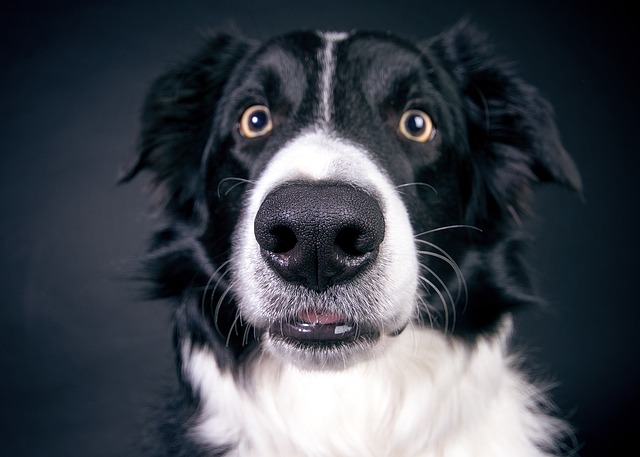
How do i train my dog to be obedient?
Watching your dog dart across the park ignoring your calls isn’t just frustrating—it can put them at risk near busy streets or public spaces.
Dogs thrive on routine and positive reinforcement, and teaching them to shake hands is more than a cute trick—it builds trust and sharpens their focus. Start when your pup is relaxed, maybe after a walk or during a quiet evening at home. Have their favorite treats ready, something small and easy to chew so the session stays moving.
Sit beside your dog and wait for them to settle. Once they’re calm, gently take their paw in your hand, say “shake” softly, and immediately give them a treat. Keep the movements slow; sudden gestures might startle them. Repeat this five or six times, then take a break. Short, frequent sessions work better than long, tiring ones—10 minutes max, a few times a day.
Watch for signs your dog is catching on. They might lift their paw slightly when they see the treat, or nudge your hand with their nose. When that happens, say “shake” and reward them right away. Consistency is key—use the same word each time, and make sure everyone in the house follows the same steps. Confusion slows progress.
 As they get better, start waiting a second or two before giving the treat. This teaches them to hold the shake briefly, not just swipe for the reward. If they lose interest, don’t push it. End the session on a positive note, even if they only got it right once. Frustration, yours or theirs, makes learning harder.
As they get better, start waiting a second or two before giving the treat. This teaches them to hold the shake briefly, not just swipe for the reward. If they lose interest, don’t push it. End the session on a positive note, even if they only got it right once. Frustration, yours or theirs, makes learning harder.
Remember, every dog learns at their own pace. A young lab might pick it up in a day, while a shy rescue might take a week or more. Patience matters more than speed. And while tricks are fun, always prioritize their comfort. If they pull their paw away or seem stressed, stop and try again later.
In many places, training isn’t just about fun—it’s part of being a responsible owner. Local laws often require dogs to be under control in public, and basic commands like shake build the focus needed for better behavior. Plus, a well-trained dog is welcome more places, from parks to friends’ homes, making life together easier.
Once your dog has the shake down, mix it up. Try teaching them to use the other paw, or wait for your hand to be offered instead of prompting. These little challenges keep their mind active. And don’t forget to celebrate—cheer them on, give extra pets, and make the whole process feel like a game. That’s how they’ll want to keep learning, and how you’ll build a stronger bond.

Watching your dog dart across the park ignoring your calls isn’t just frustrating—it can put them at risk near busy streets or public spaces.

New puppy owners often find themselves rushing to clean up accidents before they set in, and that’s where puppy pad training becomes a game-changer.

If you've noticed your dog's waistline disappearing and your veterinarian has mentioned those few extra pounds, your first instinct might be to simply reduce the amount of food in their bowl.

Training a dog to use a designated spot indoors isn’t as daunting as many new owners fear, but it does take consistency and an understanding of your pet’s needs.

That moment of dread on a walk is all too familiar for many new dog owners. You see another dog approaching down the sidewalk of your neighborhood

If the sight of another dog on your neighborhood walk makes your heart sink as your own dog erupts into a frenzy of barking and lunging, you're not alone.